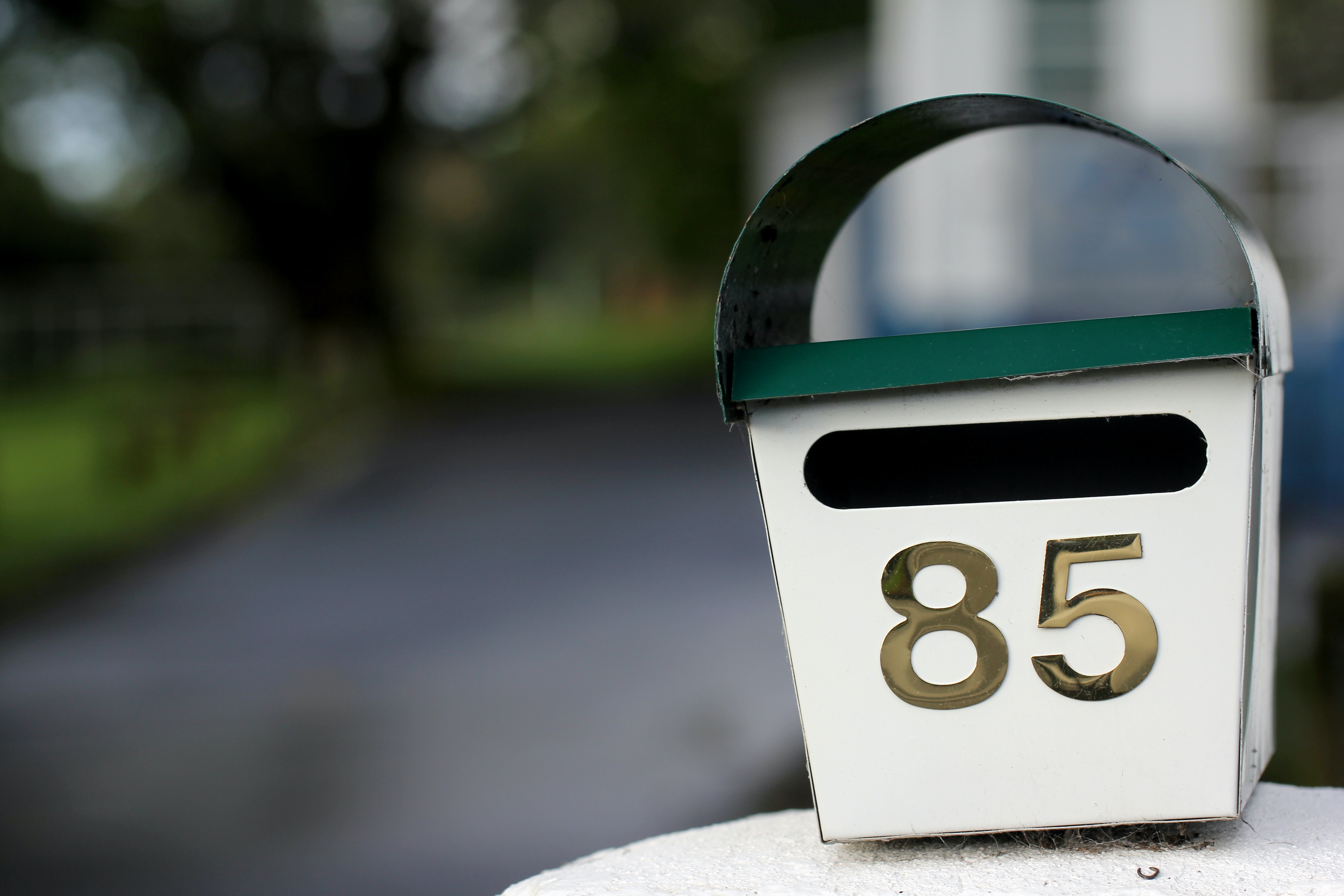For decades, sending printed material through the mail has been a popular form of marketing for small businesses. You’d think that the rapid rise in digital communications would have rendered snail mail marketing obsolete – but has it?
Actually, research shows that direct mail marketing performs extremely well. In the US, the Data and Marketing Association (previously the Direct Mail Marketing Association) found that up to 90% of direct mail gets opened by the recipient. The open rate of marketing emails, by comparison, is around 20-30%.
Other benefits of paper-based mail marketing include:
- Less competition for your customer’s attention: As email inboxes get more and more cluttered. letterboxes are becoming increasingly empty, giving your mail a greater opportunity to stand out.
- Longer retention period: Mail marketing tends to sit around in a household for a couple of weeks before being thrown away, giving the recipient more time to interact with it.
- Better brand recall: A Canada Post study found that 70% of participants gained better brand recognition from direct mail ads than from digital ads.
- Customer preference: According to Smallbiztrends, 70% of customers preferred to receive unsolicited offers by traditional mail rather than email.
Clearly, there’s still a place for traditional mail marketing. If you’re interested in creating a direct mail campaign, here are a few tips for success.
Choose the right audience
If you’re marketing to more than your existing customer database, it’s a good idea to purchase a targeted mailing list. Otherwise, you’re wasting money to send mail to people who are unlikely to respond to your offer. There are plenty of companies that offer this service, including NZ Post.
Design your marketing campaign
Decide what you want your customer to receive. According to Hubspot, oversized envelopes have the highest response rate, followed by postcards, dimensional mail (i.e., boxes, tubes, etc.), and catalogues. Make sure you use strong branding and a clear, concise message. Your mail piece should look attractive, professional, and contain a tempting offer.
Include a call to action
It’s important to measure how successful your campaign has been so that you know what works (or doesn’t) for next time. A call-to-action that generates a trackable response will help gather data on customer engagement. QR codes that lead to a campaign-specific landing page are a great way to do this, as they require much less customer effort than typing in a URL. Alternatively, you could ask people to call a dedicated phone number to redeem their offer, use a unique code that they can enter in your website’s checkout, or send out coupons that they need to present in your store. Need a website to drive your customers to? Check out our website packages.
Follow up
One piece of mail may not do the trick, but if a customer receives two or three offers from you, they will be more likely to think of you first when they need the product or service that you offer.


